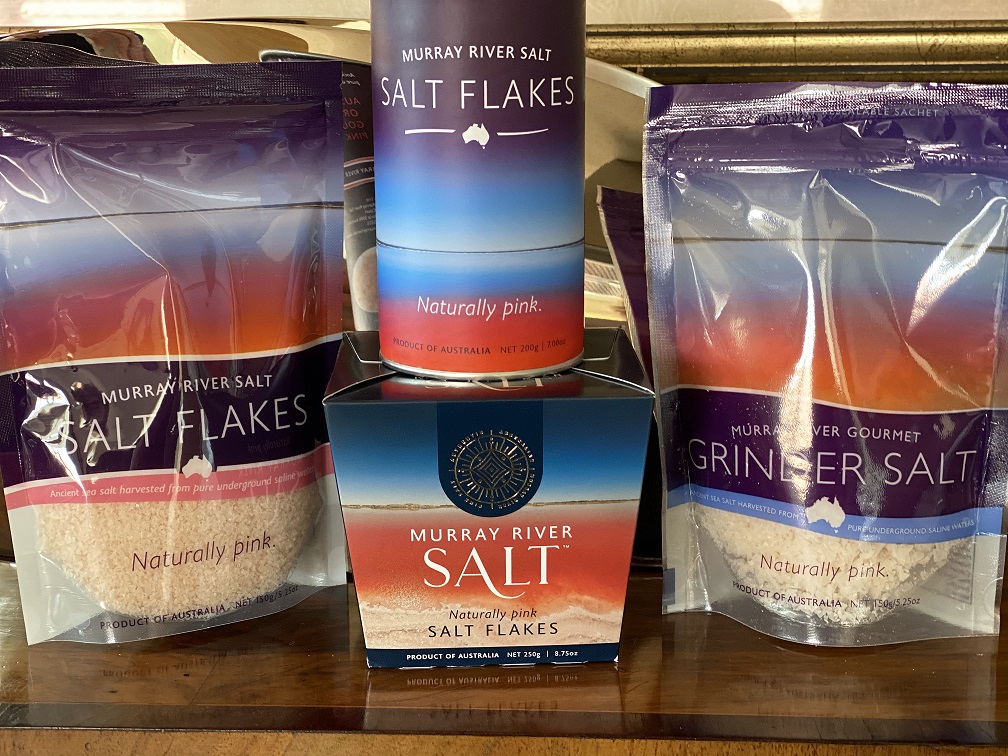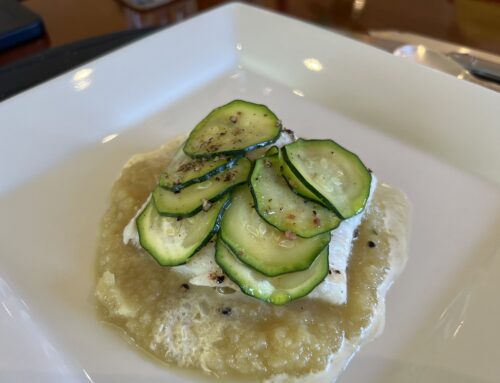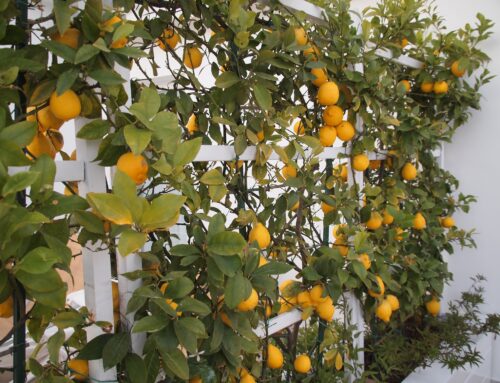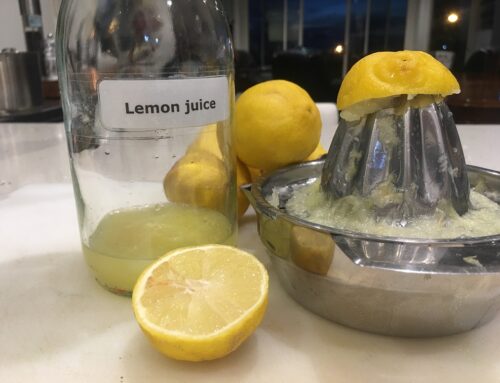Murray River Salt is my favourite salt, and I use it as both a finishing salt and in my cooking. We use it in the cooking classes at Cooking on the Bay and so all students have a chance to savour and enjoy it’s taste and flavour. I also especially love the fact that the production of this salt intercepts 200 tonnes of salt per day from entering our Murray River.
Murray River salt is produced at the Mourquong mitigation site, NSW, and is harvested by extracting salt from the ancient, underground, mineralised, saline aquifers of the Murray Darling basin. This Mourquong Salt Mitigation Basin is located 13 kilometres northwest of Mildura in New South Wales.
This pristine saline water source has been trapped underground for thousands of years and has not been exposed to the elements until it is pumped up for salt production. The pure mineralised brine travels through several canals before entering the crystallizing ponds. The brine is solar evaporated and crystallizes over the summer months.
The pale pink hue of the salt flakes is the result of the naturally occurring mineralised brine in the salt; they are particularly high in magnesium, calcium, and to a lesser degree, potassium, and iodine. The salt is completely natural, with no additives or preservatives, and free is from microplastics, herbicides, pesticides and air pollution.
Murray River Salt is an award-winning, premium product. The pink salt flakes are delicate, soft and almost fragile; they give a marvellous crunchy texture to food and a full flavour without the strong salty bitterness that most salts contain.
The production of this salt in their sustainable and environmentally friendly operation contributes to the successful management of the Australian vast salinity issue. By utilising the mineralised brines from the Murray Darling Basin aquifers, this Murray River salt removal operation assists in preventing 200 tonnes of salt per day from entering the Murray River.
This successful management of salinity in this region ensures water quality, plant growth, biodiversity and agricultural productivity remain, and that good quality water is available for human consumption.
You may also like to read the article Tonya wrote on Salt entitled Salt adds flavour and enjoyment to our food






